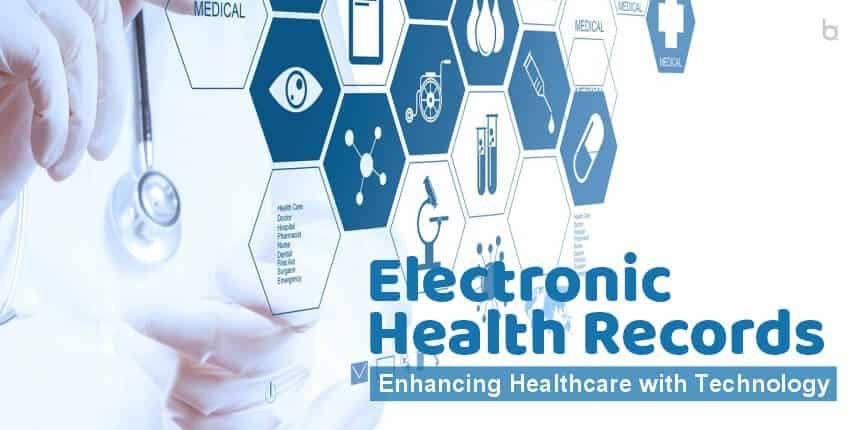Over the years, innovations in the healthcare sector have influenced patient care and enhancements in health information technology have improved patient safety and reduced medical errors. Researchers around the world are prioritizing the studies to improve safety and reduce errors. Electronic Health Records (EHRs) can achieve this vision by improving the efficiency and quality of healthcare and by streamlining healthcare processes. An Electronic Health Record (EHR) is an individual’s official health document that is shared among multiple facilities and agencies. As more patient information is becoming digital and a large number of consumers are expressing the desire to have mobile access to their health records, the role of EHR is becoming significantly influential in healthcare. According to Definitive Healthcare data from 2020, more than 89 percent of all hospitals have implemented inpatient or an ambulatory EHR system, which further justifies the increased proliferance of EHR systems. Furthermore we have illustrated the EHR system.
Elements of EHR
Patient’s demographic, billing, and insurance information
Medication allergy lists
Laboratory and radiology results
Physical history and physician’s orders
Nursing assessments, notes, and graphics of vital signs
Reports for quality and safety personnel
Links to important clinical information and support
Trending labs, vital signs, results, and activities pages for easy reference
Common Features of EHR Systems
For starters, EHR platforms set up a patient portal for consumers to access information as well as allow for secure data sharing and data access from other healthcare organizations.
EHRs also place patient care orders for clinicians, such as medication orders and diagnostic test requests.
EHRs can manage doses for specific patients and alert physicians to any possible drug interactions.
Electronic Health Record systems help coordinate clinician workflow management and scheduling. These systems offer assistance in completing clinical, financial, and administrative coding.
Advantages of EHR Systems
The ability to automatically share and update information among different offices and organizations
More efficient storage and retrieval
Ability to share multimedia information, such as medical imaging results, between locations
The ability to link records to sources of relevant and current research
Easier standardization of services and patient care
The ability to aggregate patient data for population health management and quality of care programs
Less redundancy of effort
Potential long-term lower costs to medical systems.
Comparing EHR with Paper Records
| Sr.No | Criteria | EHR | Paper Records |
|---|---|---|---|
| 1 | Cost | High initial cost, low maintenance cost | High maintenance cost |
| 2 | Storage | No physical storage space required | Large storage space required |
| 3 | Security | Vulnerable to cyber security issues | Vulnerable to human errors, natural disasters, etc. |















